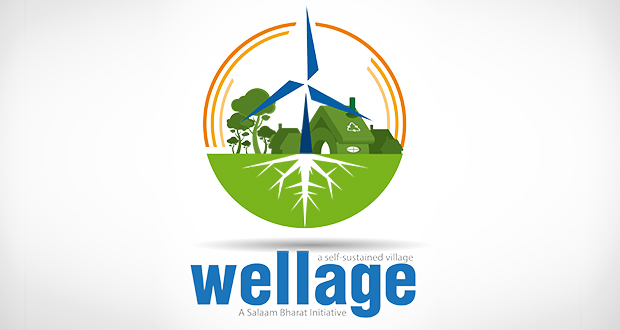
WELLAGE
“An ideal Indian village will be so constructed as to lend itself to perfect sanitation. It will have cottages with sufficient light and ventilation built of a material obtainable within a radius of five
miles of it.
The village lanes and streets will be free of all avoidable dust.
It will have wells according to its needs and accessible to all. It will have houses of worship for all; also a common meeting
place, a village common for grazing its cattle, a co-operative dairy, primary and secondary schools in which industrial education will be the central fact, and it will have panchayats for settling disputes.
It will produce its own grains, vegetables and fruit, and its own khadi. This is roughly my idea of a model village. “
-------- Mahatma Gandhi
Objectives of Self Sustained Village
To integrate rural development activities through experimental and innovative efforts which can be replicated.
To involve participants in the planning, implementation and maintenance of activities envisaged.
To raise income levels and expand employment opportunities of the weaker sections of society, particularly of those living below the poverty line and women
The project Wellage is a people participation project. We invoked participation of villagers for this project on the basis of their merits, social, economic, educational status as well as skill sets. We involved them in different activities in this project. We will also establish some corporative and Self-Help Groups among these villagers to run this project.
Most of villages are dependent on cities for quality education, employment, livelihood, opportunities and Medicare. This leads to migration from villages in large numbers, due to adequate medical facilities and general awareness people some time lose their life. This project is required to develop basic infrastructure in the village itself to stop migration and to raise the living standard of every villager.
Self-Sustained village
The development of Self-Sustained villages will significantly impact on the population migration from rural communities to cities in India, which result in ghetto mentalities and are often associated with crime, disease and political instability and conflict. Each village will be part of a Salaam Bharat Communication Network providing individual mentoring of best practice and optimising successful solutions. In the coming years, both natural and complex disasters are likely to become more prevalent and the development of survival eco-communities will be critical in creating both resilience and speed of recovery.



